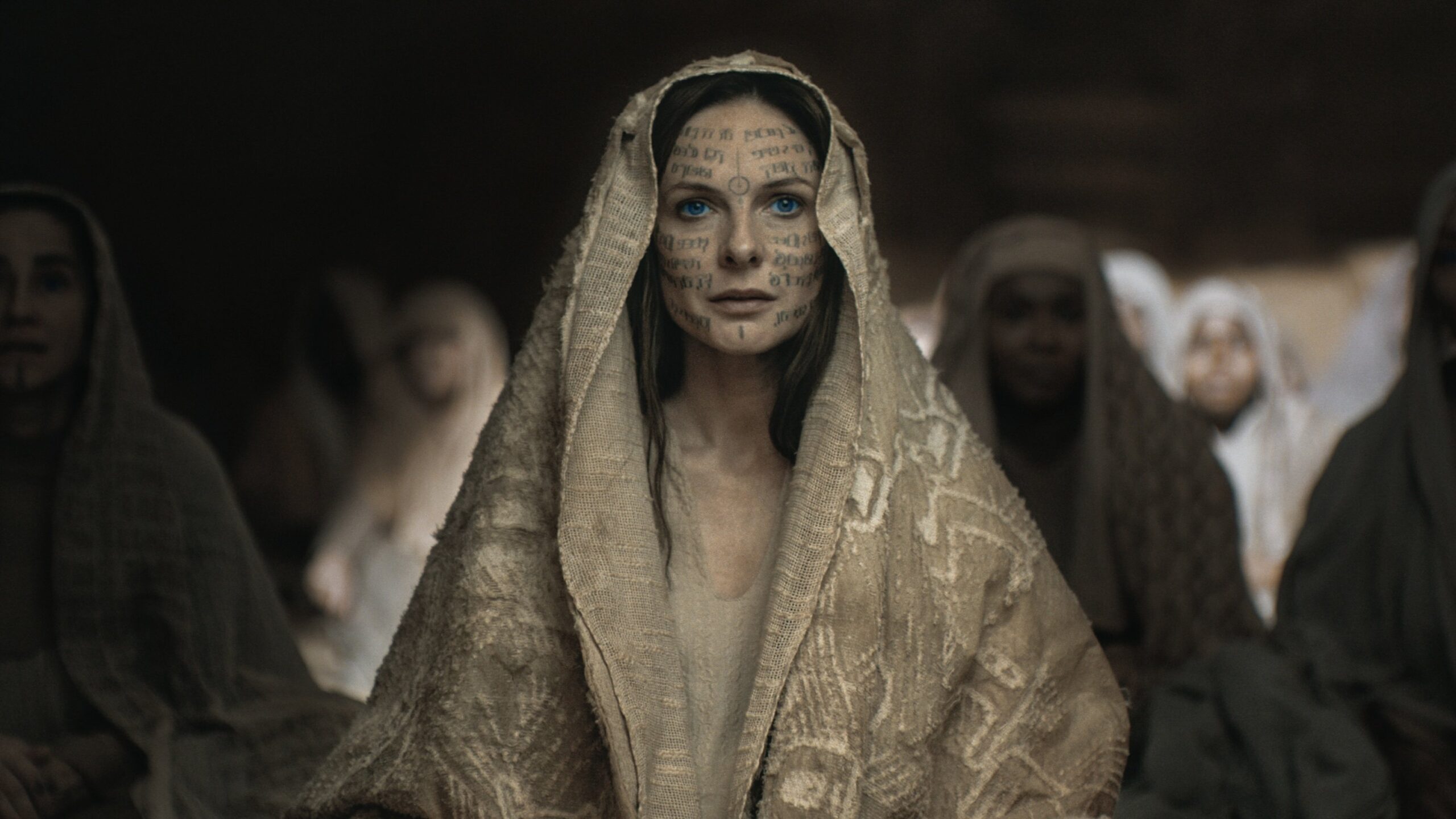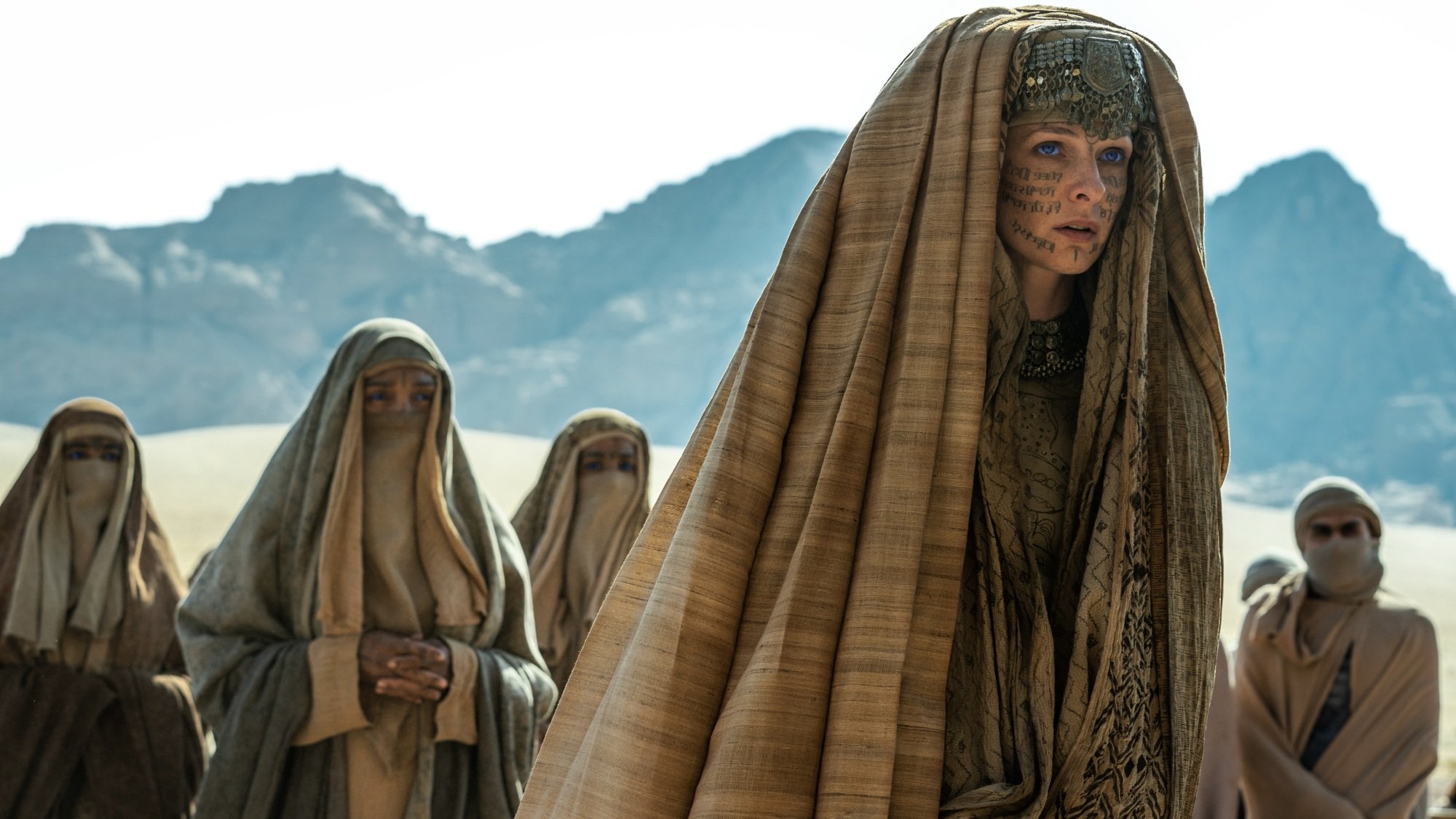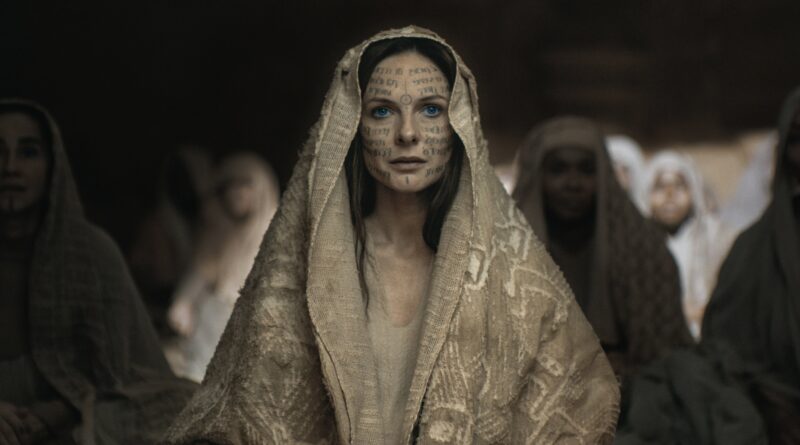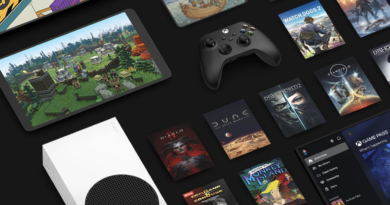Space babies and time jumps: How ‘Dune: Part Two’ handles the challenge of Alia Atreides

One of the biggest challenges of Dune: Part Two was always going to be adapting the character of Alia Atreides, daughter of Lady Jessica (Rebecca Ferguson) and Duke Leto (Oscar Isaac), to the big screen.
In Frank Herbert’s Dune, Alia is born with the full abilities of a Reverend Mother due to exposure to the Water of Life while in the womb. Her powers earns her the title of “abomination” from the Bene Gesserit and cause great discomfort among the Fremen. Basically, just imagine a 2-year-old speaking and acting like Jessica, Reverend Mother Gaius Helen Mohiam (Charlotte Rampling), or Princess Irulan (Florence Pugh), and you’ll have a pretty solid idea of the bizarro toddler we’re dealing with in the book.
However, that toddler is not present in Dune: Part Two. Instead, we catch glimpses of Alia as a growing fetus who communicates telepathically with Jessica. Later, in one of Paul’s (Timothée Chalamet) visions of the future, we see a grown-up Alia, played by Anya Taylor-Joy. Why did Dune: Part Two choose to leave out Alia as a child? For co-writers Denis Villeneuve and Jon Spaihts, the reasons were twofold.
Can Dune: Part Two make a believable Bene Gesserit toddler?
“We talked a lot about [Alia], and in some ways, I think these were some of the most important decisions we made as a creative team,” Spaihts told Mashable over a video call.
For starters, there was the practical challenge of bringing a child with the mannerisms of a fully grown adult to the screen in a convincing way. Prior adaptations of Dune used child actors: Alicia Witt took on the role in David Lynch’s Dune, while Laura Burton played Alia in the 2000 miniseries. But given technological advancements since then, could toddler Alia have been achieved with an older actor in motion capture for Dune: Part Two?
“These days, digital tools exist to allow you to map an actor’s performance on anything, even a talking banana,” said Spaihts. “So you could definitely make a toddler-looking entity talk with an adult voice. But I think that’s still fraught with peril. You could find yourself creating something that was unintentionally funny or off-putting.”
Alongside the threat of the uncanny valley and the inevitable memes about a talking toddler, Spaihts worried that the introduction of Alia as a toddler would be too much of a distraction so late in the game. “It would pull focus from what I think the real headline drama is, which is the interplay between the adult characters that we’ve been watching now for two epic films,” he explained.
Alia’s absence also means the absence of Dune‘s time jump.

The second motivator behind cutting toddler Alia had less to do with Alia as a character, and more to do with the years-long time jump that pops up around two-thirds of the way through Dune. The jump occurs not long after Paul and Jessica join the Fremen, and when we catch back up with them, Alia is two years old, and Paul is a more established leader figure.
“That long interval has a cooling effect,” Spaihts said of the decision to cut the time jump entirely. “If Duke Leto died years ago, how much are Jessica and Paul feeling that death? They will have metabolized it to a certain extent. If the Baron launched his push against the Atreides on Arrakis with the Emperor’s help years ago, it’s beginning to be eclipsed by other news.”
To solve the potential for cooling, Dune: Part Two condenses the events of years into a few months. “[A shorter time jump] lets everyone get set up in new positions and meet on new ground, but all of their wounds are still fresh,” Spaihts said. Of course, the shorter timeline also means that we don’t see the end of Jessica’s pregnancy. Alia remains in the womb the whole time.
Alia in utero offers new visuals and explorations of character.
Once Villeneuve and Spaihts landed on the idea of Alia being sentient in the womb, it opened a whole new way to explore some of Dune: Part Two‘s core themes. Take, for example, her interactions with Jessica, who is the only person who can hear her.
“Suddenly, [Alia speaking to Jessica in utero] gives you a Jessica who’s talking to a ghost that no one else can see. She’s talking to a being who isn’t there, and it makes her look a little mad,” said Spaihts. “We love that as an evolution of Jessica’s character, because it dramatizes the madness of giving herself over to this ancient Bene Gesserit program and to its prophecies and to the project of manipulating entire societies.”
Alia also only being present in the womb created opportunities for striking new visuals, including the scene in which the vibrant blue Water of Life suffuses the amniotic fluid cushioning her. “Denis became very interested, as the extraordinary visualist he is, in that representation of the fetus Alia before her birth,” Spaihts said. “The notion of sunlight penetrating the wall of Jessica’s womb as she walks through a sunbeam and casting a red light on Alia was one of the earliest images that Denis got excited about.”
The image of Alia as a fetus also puts Dune: Part Two in conversation with another sci-fi great: Stanley Kubrick’s 2001: A Space Odyssey. The film concludes with astronaut David Bowman (Keir Dullea) reborn as a massive, otherworldly fetus known as the Star Child, which observes Earth from space. Somewhat similarly, Alia spends her time in the womb observing Arrakis, although with the added wrinkle of helping manipulate it from afar.
The parallels between the Star Child and Dune: Part Two‘s version of Alia Atreides place the latter in great company when it comes to iconic sci-fi imagery. Spaihts acknowledged this, saying, “it’s impossible to avoid the Star Child if you’re doing a looming fetus in a sci-fi film. People are going to draw that connection.”
Still, while Villeneuve and Spaihts were aware of the unavoidable comparisons, the ultimate goal with Alia in utero was to reimagine a tricky character in the manner that would best complement their version of Dune.
“Ultimately,” Spaihts said, “it was just about finding the visual language that let us tell the story of this transfigured child in a new way.”

